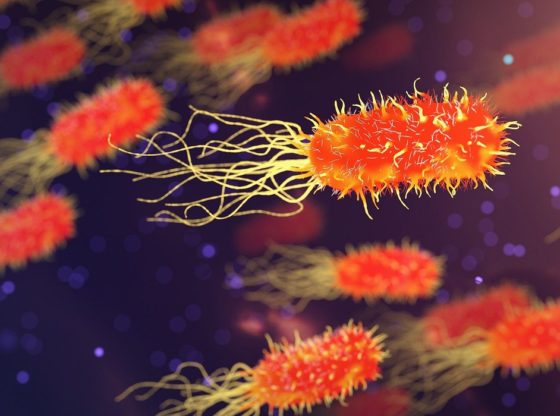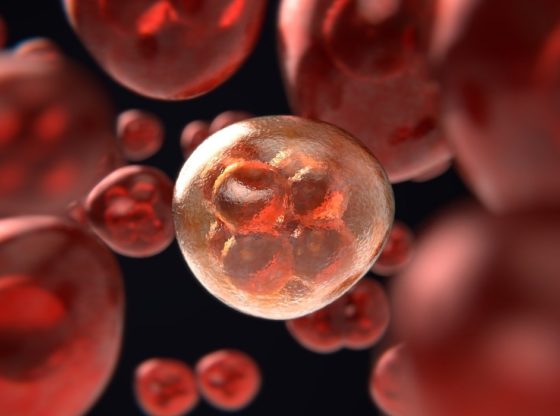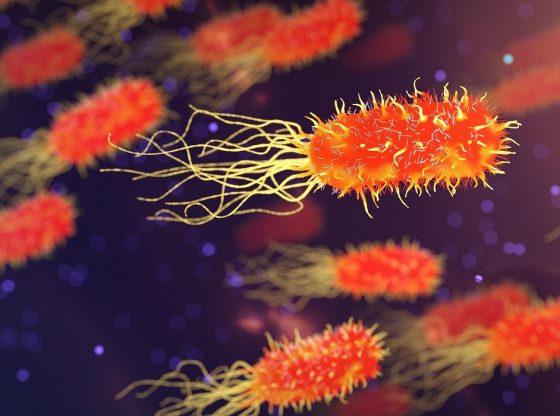
Analysis of sars-cov-2 shows that it is not the pangolin that has spread the new coronavirus to humans, as previously thought.
Many animals, beginning with snakes and most recently, pangolins, have all been put forth as the likely intermediate host for the novel coronavirus. The New research shows that it may have been street dogs that first infected people with sars-cov-2 and not pangolins as previously thought.
Scientists have calculated the mutation rate of the virus and found that the closest relative to sars-cov-2 and the pangolin coronavirus coexisted in 1882, which is far too remote for the pangolin to have been able to infect humans today.
Now the suspicion is directed at street dogs who have eaten bats instead. This new relationship with dogs was shown by molecular biologist Xuhua Xia at the University of Ottawa, Canada, in a new study presented in the journal Molecular Biology and Evolution.
The sars-cov-2 virus can provide clues to the animal in which it was developed. Xuhua Xia has compared the virus’s structure with the immune system of dogs and found evidence that the virus may well have thrived in the intestines of dogs.
“Our observations have allowed the formation of a new hypothesis for the origin and initial transmission of SARS-CoV-2,”
“The ancestor of SARS-CoV-2 and its nearest relative, a bat coronavirus, infected the intestine of canids, most likely resulting in a rapid evolution of the virus in canids and its jump into humans. This suggests the importance of monitoring SARS-like coronaviruses in feral dogs in the fight against SARS-CoV-2.”
– University of Ottawa biology professor Xuhua Xia
Xia found that only genomes from canine coronavirus which had caused a highly contagious intestinal disease worldwide in dogs have genomic CpG (the viral target genome) values similar to those observed in SARS-CoV-2 and BatCoV RaTG13. Additionally, the known cellular receptor for SARS-CoV-2 entry into the cell is the so-called ACE2 (angiotensin I converting enzyme 2). ACE2 is made in the human digestive system with relatively low expression in the lung. This suggests that mammalian digestive systems are likely to be a key target infected by coronaviruses.
Xia presents a scenario in which the coronavirus first spread from bats to stray dogs eating bat meat. The dogs do not need to be particularly ill. The virus was given plenty of time to mutate in the intestines and develop into a virus dangerous to humans.
Bats are food in some parts of China. One conceivable scenario is therefore that street dogs have eaten raw leftovers from humans. This way, the virus gets into the dog’s intestinal system. Dogs have a habit of licking themselves in the buttocks or smelling others in the buttocks. They then get the virus into the respiratory tract. Then perhaps, they lick dogs that are human pets, which then, in turn, lick people in the face. The virus migrates from the intestines of dogs to then enter human airways and makes us sick.
Reference:
Xuhua Xia Extreme genomic CpG deficiency in SARS-CoV-2 and evasion of host antiviral defense Molecular Biology and Evolution, msaa094, https://doi.org/10.1093/molbev/msaa094











![OpenAI. (2025). ChatGPT [Large language model]. https://chatgpt.com](https://www.illustratedcuriosity.com/files/media/55136/b1b0b614-5b72-486c-901d-ff244549d67a-350x260.webp)
![OpenAI. (2025). ChatGPT [Large language model]. https://chatgpt.com](https://www.illustratedcuriosity.com/files/media/55124/79bc18fa-f616-4951-856f-cc724ad5d497-350x260.webp)
![OpenAI. (2025). ChatGPT [Large language model]. https://chatgpt.com](https://www.illustratedcuriosity.com/files/media/55099/2638a982-b4de-4913-8a1c-1479df352bf3-350x260.webp)








